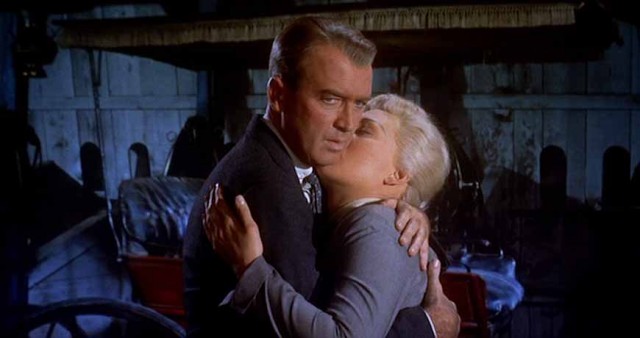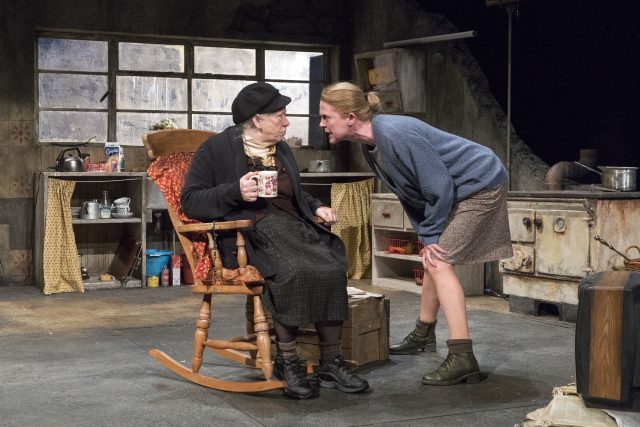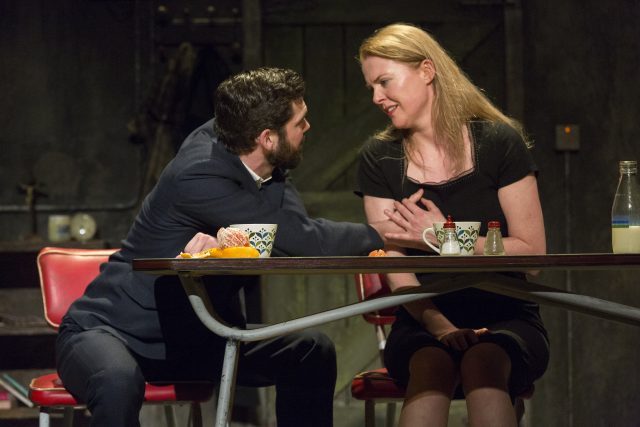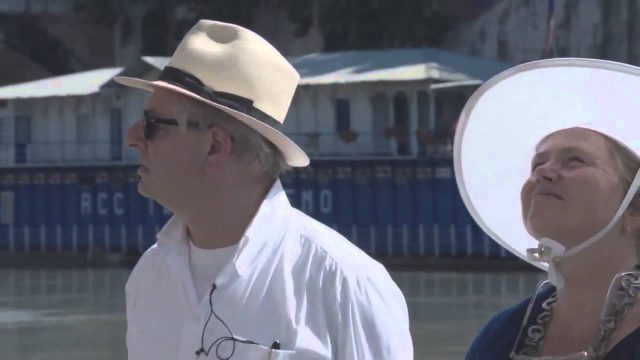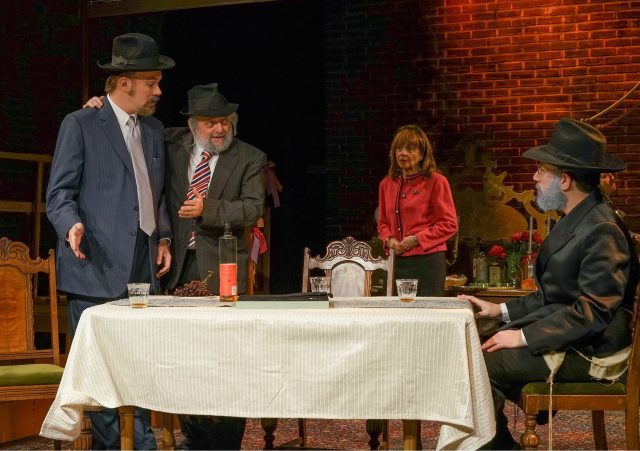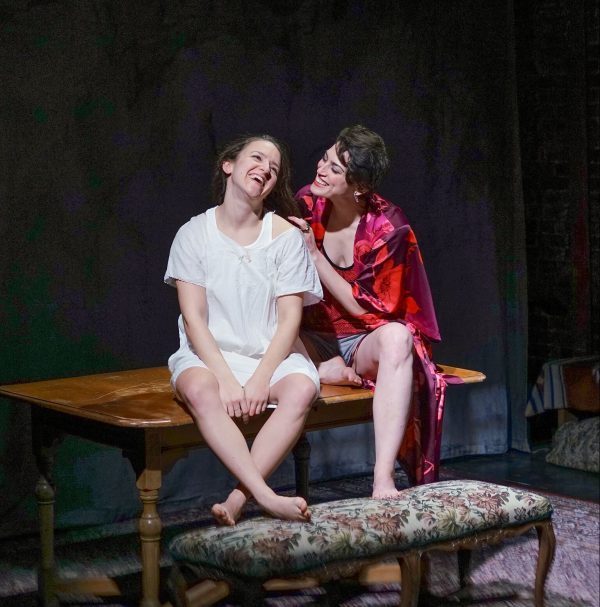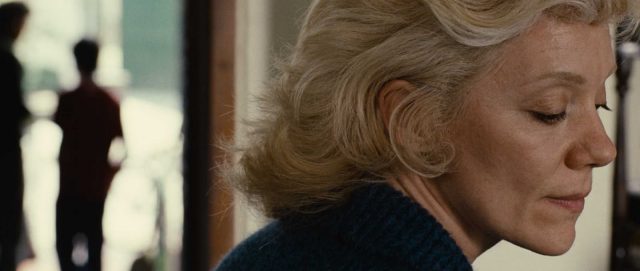
A wealthy woman (María Onetto) looks the other way after she might have run over someone in THE HEADLESS WOMAN
THE HEADLESS WOMAN (LA MUJER SIN CABEZA) (Lucrecia Martel, 2008)
Metrograph
7 Ludlow St. between Canal & Hester Sts.
Saturday, January 21, 2:00 & 9:00
212-660-0312
metrograph.com
www.miumiu.com
 Since 2011, Prada’s Miu Miu brand of women’s clothing and accessories, named for founder Miuccia Prada, has been sponsoring “Women’s Tales,” fashion-themed short films by such female directors as Ava DuVernay (Selma), Agnès Varda (Vagabond), Zoe R. Cassavetes (Day Out of Days), Alice Rohrwacher (The Wonders), and Crystal Moselle (The Wolfpack). The Metrograph series “Certain Women” pairs six of the commissioned works with a feature film made by the director (indicated in parenthesis above). The brief series concludes this week with Lucrecia Martel and Miranda July. Inspired by nightmares she has in which she commits murder, Martel’s The Headless Woman details a woman’s emotional and psychological reaction after having possibly killed someone. María Onetto gives a mesmerizingly cool, distant performance as Veronica, a middle-aged, upper-class wife and mother whose biggest worry appears to be the turtles that have infested the new pool built behind a veterinary office. But one afternoon, while out driving carelessly in her Mercedes along a twisting, barren road, she hits something. Not sure if it was a child, an adult, or an animal, she decides to continue on, telling no one what she has done. But when a poor, local boy goes missing, she begins to suspect that she might have killed him. An intriguing mix of Luis Buñuel’s class-consciousness and Edgar Allan Poe’s flair for suspense, The Headless Woman is an unusual kind of murder mystery. In Veronica, Argentine writer-director Martel (La Cienaga, The Holy Girl) has created a compelling protagonist/villain, played with expert calm and faraway eyes by Onetto. The Headless Woman is screening at Metrograph on January 21 at 2:00 and 9:00, preceded by Martel’s 2011 seven-minute Miu Miu short, the highly stylized, dialogue-free Muta.
Since 2011, Prada’s Miu Miu brand of women’s clothing and accessories, named for founder Miuccia Prada, has been sponsoring “Women’s Tales,” fashion-themed short films by such female directors as Ava DuVernay (Selma), Agnès Varda (Vagabond), Zoe R. Cassavetes (Day Out of Days), Alice Rohrwacher (The Wonders), and Crystal Moselle (The Wolfpack). The Metrograph series “Certain Women” pairs six of the commissioned works with a feature film made by the director (indicated in parenthesis above). The brief series concludes this week with Lucrecia Martel and Miranda July. Inspired by nightmares she has in which she commits murder, Martel’s The Headless Woman details a woman’s emotional and psychological reaction after having possibly killed someone. María Onetto gives a mesmerizingly cool, distant performance as Veronica, a middle-aged, upper-class wife and mother whose biggest worry appears to be the turtles that have infested the new pool built behind a veterinary office. But one afternoon, while out driving carelessly in her Mercedes along a twisting, barren road, she hits something. Not sure if it was a child, an adult, or an animal, she decides to continue on, telling no one what she has done. But when a poor, local boy goes missing, she begins to suspect that she might have killed him. An intriguing mix of Luis Buñuel’s class-consciousness and Edgar Allan Poe’s flair for suspense, The Headless Woman is an unusual kind of murder mystery. In Veronica, Argentine writer-director Martel (La Cienaga, The Holy Girl) has created a compelling protagonist/villain, played with expert calm and faraway eyes by Onetto. The Headless Woman is screening at Metrograph on January 21 at 2:00 and 9:00, preceded by Martel’s 2011 seven-minute Miu Miu short, the highly stylized, dialogue-free Muta.
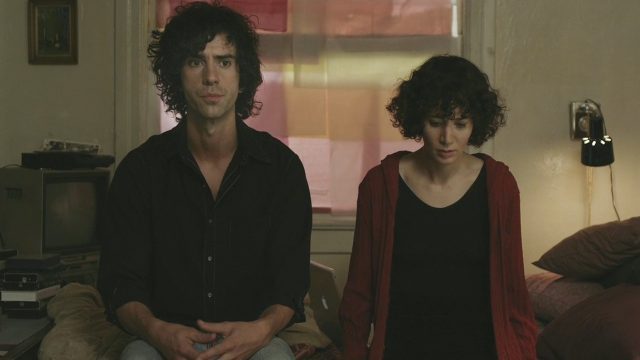
Hamish Linklater and Miranda July contemplate their future in THE FUTURE
THE FUTURE (Miranda July, 2011)
Metrograph
7 Ludlow St. between Canal & Hester Sts.
Sunday, January 22, 2:00
212-660-0312
metrograph.com
www.thefuturethefuture.com
 Multimedia performance artist and indie darling Miranda July scored a major breakthrough with her 2005 cinematic debut, the utterly charming romantic comedy Me and You and Everyone We Know. While her follow-up, The Future, lacks many of the endearing qualities that made her first film such a success, it is still a quirky, beguiling drama that offers a bittersweet breath of fresh air. July stars as Sophie, a children’s dance teacher living with Jason (Hamish Linklater), a work-at-home IT dude. The slackers spend their time sitting on the couch, both on their laptops, having offbeat conversations and pretending they can stop time. But when they are told that the sick cat they want to adopt won’t be well enough to leave the veterinary hospital for another month, they decide that this will be their last thirty days of freedom, thinking that the arrival of the feline will confer upon them the responsibilities of adulthood they have been so good at avoiding up to now. Given this last bastion of hope, they quit their jobs to pursue their dreams: Jason starts going door-to-door selling trees, while Sophie sets out to perform a dance a day and post them on YouTube. No, this oddball, somewhat freakish couple doesn’t exactly dream big. And, of course, their idea of freedom doesn’t turn out to be exactly what they had hoped.
Multimedia performance artist and indie darling Miranda July scored a major breakthrough with her 2005 cinematic debut, the utterly charming romantic comedy Me and You and Everyone We Know. While her follow-up, The Future, lacks many of the endearing qualities that made her first film such a success, it is still a quirky, beguiling drama that offers a bittersweet breath of fresh air. July stars as Sophie, a children’s dance teacher living with Jason (Hamish Linklater), a work-at-home IT dude. The slackers spend their time sitting on the couch, both on their laptops, having offbeat conversations and pretending they can stop time. But when they are told that the sick cat they want to adopt won’t be well enough to leave the veterinary hospital for another month, they decide that this will be their last thirty days of freedom, thinking that the arrival of the feline will confer upon them the responsibilities of adulthood they have been so good at avoiding up to now. Given this last bastion of hope, they quit their jobs to pursue their dreams: Jason starts going door-to-door selling trees, while Sophie sets out to perform a dance a day and post them on YouTube. No, this oddball, somewhat freakish couple doesn’t exactly dream big. And, of course, their idea of freedom doesn’t turn out to be exactly what they had hoped.
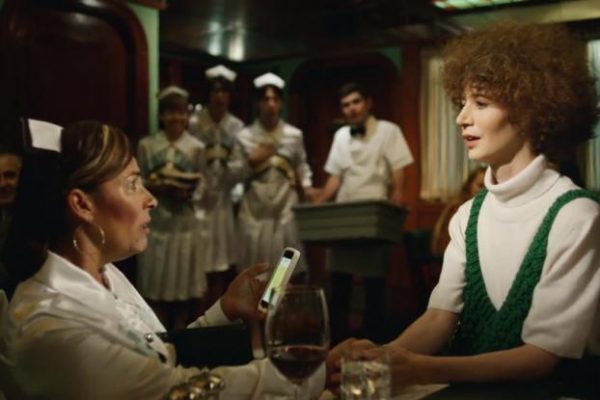
Miranda July’s Miu Miu short, SOMEBODY, will screen with THE FUTURE at Metrograph on January 22
The Future veers off in way too many directions, some good, some bad, but it is held together by July’s bright eyes and lanky, comedic body even as she explores the horrors of mainstream suburban living. As with much of her performance art, she challenges the audience to stay with her as she defies standard narrative conventions and turns to the surreal, including a talking moon. The film is nearly stolen by Joe Putterlik, an elderly man whom Jason meets through a Pennysaver ad for a three-dollar used hair dryer; Putterlik, who also is the voice of the moon, was actually discovered by July through a Pennysaver ad, and much of his dialogue is improvised and set in his own apartment as he talks about his real life. Sadly, he died immediately after shooting was concluded. The film is narrated by the ill cat, Paw Paw (voiced by July in a creepy monotone), who dreams of her own freedom, wanting desperately to get out of her cage and be taken in by people who will love her. And after all, isn’t that what we all want? The Future is screening at Metrograph on January 22 at 2:00, preceded by July’s 2014 ten-minute Miu Miu short, Somebody, about a messaging app in which strangers participate in people’s personal situations.
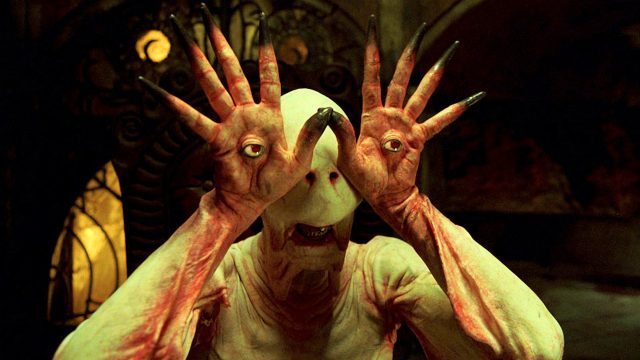

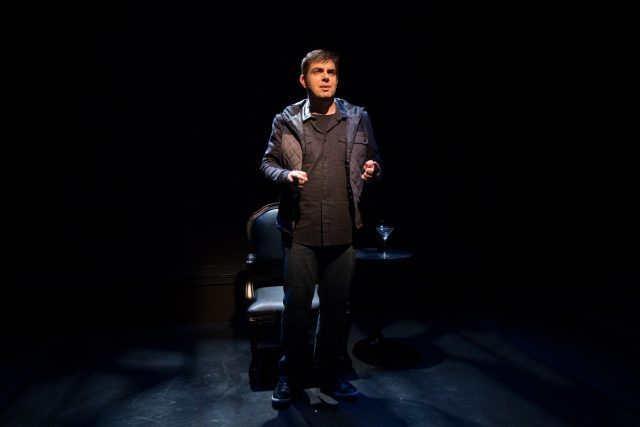
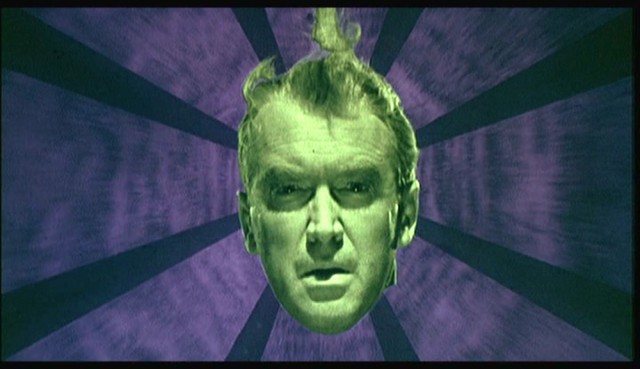
 The Rubin Museum Cabaret Cinema series “Perception” continues January 20 with Alfred Hitchcock’s 1958 mind-altering, fetishistic psychological thriller, Vertigo. Based on Boileau-Narcejac’s 1954 novel, D’entre les morts, the film delves deep into the nature of fear and obsession. Jimmy Stewart stars as John “Scottie” Ferguson, a police detective who retires after his acrophobia leads to the death of a fellow cop. An old college classmate, wealthy businessman Gavin Elster (Tom Holmore), asks Scottie to look into his wife’s odd behavior; Elster believes that Madeleine (Kim Novak) is being inhabited by the spirit of Carlotta Valdes, her great-grandmother, a woman who committed suicide in her mid-twenties, the same age that Madeleine is now. Scottie follows Madeleine as she goes to Carlotta’s grave, visits a portrait of her in a local museum, and jumps into San Francisco Bay. Scottie rescues her, brings her to his house, and starts falling in love with her. But on a visit to Mission San Juan Bautista, tragedy strikes when Scottie can’t get to the top of the tower because of his vertigo. After a stint in a sanatorium, he wanders the streets of San Francisco where he and Madeleine had fallen in love, as if hoping to see a ghost — and when he indeed finds a woman who reminds him of Madeleine, a young woman named Judy Barton (Novak), he can’t help but try to turn her into his lost love, with tragedy waiting in the wings once again.
The Rubin Museum Cabaret Cinema series “Perception” continues January 20 with Alfred Hitchcock’s 1958 mind-altering, fetishistic psychological thriller, Vertigo. Based on Boileau-Narcejac’s 1954 novel, D’entre les morts, the film delves deep into the nature of fear and obsession. Jimmy Stewart stars as John “Scottie” Ferguson, a police detective who retires after his acrophobia leads to the death of a fellow cop. An old college classmate, wealthy businessman Gavin Elster (Tom Holmore), asks Scottie to look into his wife’s odd behavior; Elster believes that Madeleine (Kim Novak) is being inhabited by the spirit of Carlotta Valdes, her great-grandmother, a woman who committed suicide in her mid-twenties, the same age that Madeleine is now. Scottie follows Madeleine as she goes to Carlotta’s grave, visits a portrait of her in a local museum, and jumps into San Francisco Bay. Scottie rescues her, brings her to his house, and starts falling in love with her. But on a visit to Mission San Juan Bautista, tragedy strikes when Scottie can’t get to the top of the tower because of his vertigo. After a stint in a sanatorium, he wanders the streets of San Francisco where he and Madeleine had fallen in love, as if hoping to see a ghost — and when he indeed finds a woman who reminds him of Madeleine, a young woman named Judy Barton (Novak), he can’t help but try to turn her into his lost love, with tragedy waiting in the wings once again.